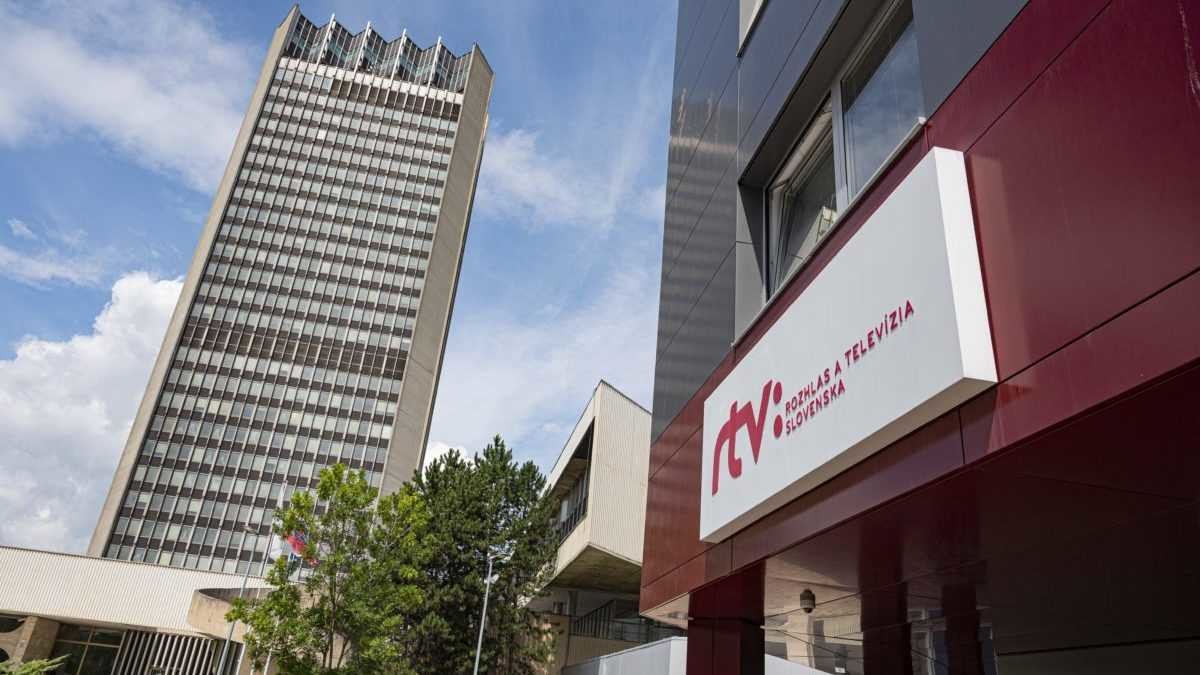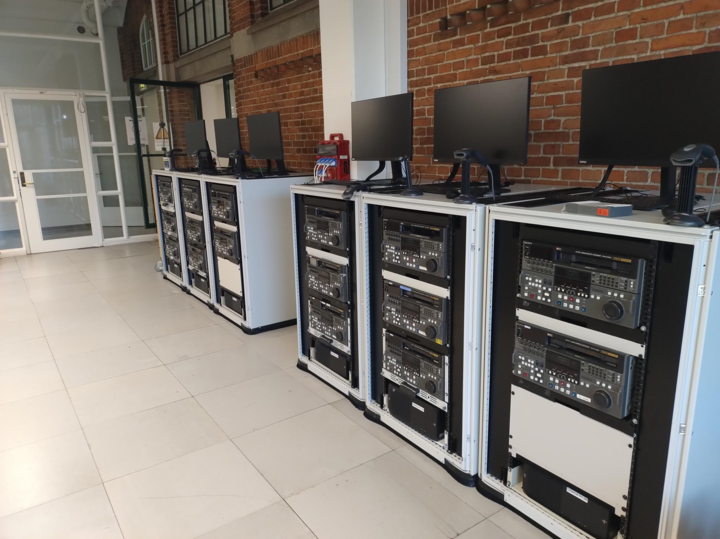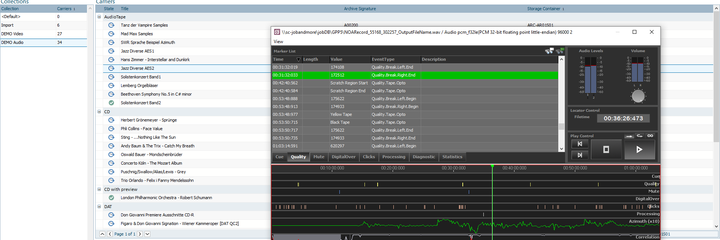Slovak Republic’s state-owned public television and radio broadcaster first took delivery of a NOA mediARC Archive Asset Management system in 2014 to digitize and archive its entire legacy video collection, containing some 300,000 titles. The 7-Petabyte setup for Slovak Television, the media house’s television service that broadcasts on three main Channels is based around mediARC and serves more than 1,000 RTVS staff members.
Five years on, the broadcaster continues to use NOA equipment to digitize and archive its valuable collection of video content, and recently decided to add a NOA FrameLector SD-video ingest module to the configuration. The latest enhancement adds four more channels and supplementary quality control to the ingest stream. It also allows RTVS to now manage all archive assets centrally in one place.
Roman Skrivanek, CTO of RTVS explains that this strategic upgrade was the next obvious step for the broadcaster and represents the all-encompassing approach that major archiving projects are taking.
After five years of very successful MediARC operation, it seemed logical for us to up our game by incorporating more advanced features that would allow us to further streamline our workflow, increasing the throughput of our video content. Today the central mediARC AAM not only manages our ingest undertakings, but it also handles all main business processes regarding content identification — a real plus for us.
Skrivanek said.
The addition of FrameLector to the mediARC configuration means RTVS can now archive more data in a quicker way. It also drives OPEX costs down enormously thanks to a more advanced ingest operating scheme, which requires not any more manual labor.
NOA mediARC is a flexible media archive management system, which allows for the tightly integrated handling of both media content and its associated metadata, making the whole process easier and more efficient. Combined with FrameLector, which is designed to transfer SD material at the highest quality and a relatively low cost, broadcasters benefit from a faster and more efficient content digitization process.
RTVS’ addition of FrameLector to its archiving operations represents a considerable extension to an already significant NOA mediARC installation in Central Europe. More than 1,000 of the organization’s employees have been accessing the complete archive content via the web interface mediARC MAW for a number of years. And now they can manage the entire process — from ingest to content identification — and an increasing amount of data even more efficiently. It is really nice to see how mediARC, which was first used for radio archiving, can actually serve all the archiving needs of a broadcaster, particularly thanks to its ability to manage all assets centrally in one place, and our extension to 12 SD ingest channels certainly offers a nice advantage.
said Christophe Kummer, Managing Partner of NOA.



